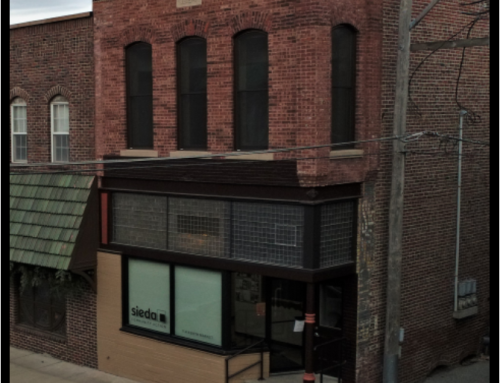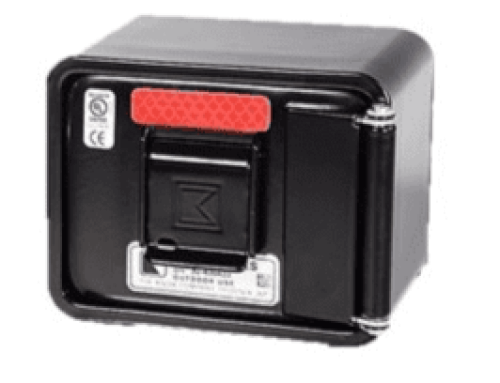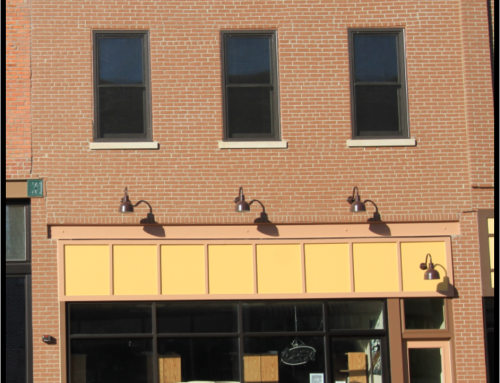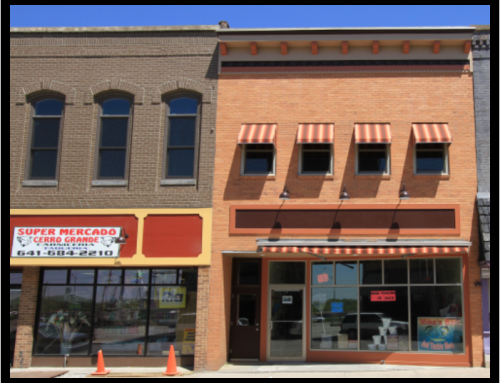Upper Windows – Can I Replace?
There is a lot to cover on upper windows. Keep these simple design elements in mind as you replace them . . . Yes, you can replace them! We are only covering flat top systems in this article.

Steel Lintel – This structural element is often overlooked when replacing any windows in a masonry opening. Over time, the layers of the steel angle separate due to weathering. Be sure to give the lintel a good look over and replace now as it will be hard and costly later on.
Material Choice – Historians will always want wood. I say use clad. Do not use vinyl.
Upper Transom Window – Like a lot of upper level windows, the example shows plywood in place of the original window. This is often done with the introduction of a forced air heating and cooling system. In order to hide the ductwork, a lower acoustic ceiling is often installed at a height below this transom window. Reinstalling a glass transom to your upper windows will drastically improve your façade’s appearance. An angled acoustic grid system can be installed inside to solve the problem; however, consider a drywall boxed bulkhead 8” to 12” deep to the inside space. Throw a soft LED light in it and you have created a great ambiance inside and out.
Perimeter Molding – There is often a brick mold around the perimeter. For a number of reasons, I will forgo this brick mold for a clean window jamb connection. You’ll have a caulk joint regardless.
Central Vertical Trim – If you have a large vertical central trim, it most likely housed the window weight. Do your best to replicate this thickness; however, in terms of practicality, this element is not a deal breaker. Additional glass can often be more important.
Window Sash Thickness – Your original windows most likely have a very narrow frame. Historians want you to maintain this thin system. Consider it, but make sure you have a solid window that will support a double pane, insulated window system. Longevity and minimal maintenance is most important.
Double/Single Hung – Casement windows like we use today are almost never used historically. Stay with a double/single hung window if your original design had them.





